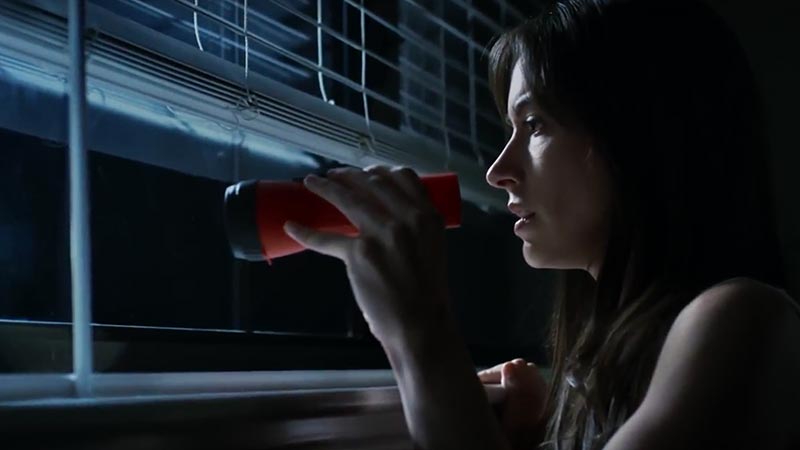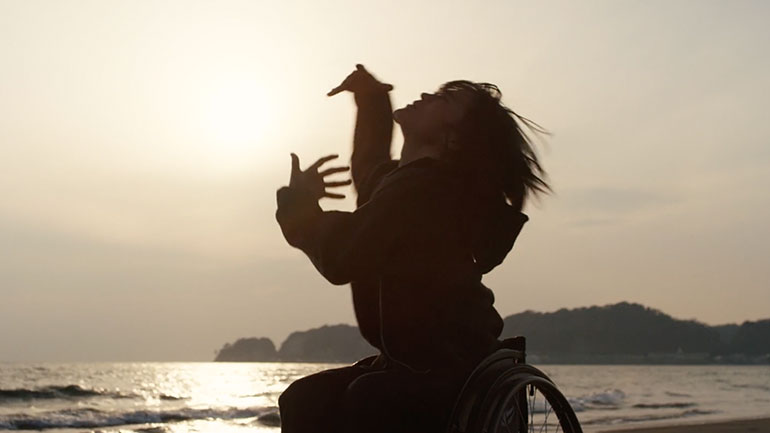Years after the death of his older brother, a young man creates a new dance in his memory called Crutch-Tap. Now, he sets out to put on his first ever live show, unveiling his new dance to the world and keeping the promises he and his brother made with each other many years ago.
Director’s Vision
Presently, we are in the Age of Vaudeville where art is now more than ever linked through seemingly random abstractions. One has to look no further than their Twitter or Instagram where by one flick of the thumb you can see a comedy skit, another flick gets you a beautiful model, and a third lands you on the page of the next up-and-coming pop singer. But, while each of our individual posts on their own may not amount to or seem like much, scrolling through the Collective Feed begins to weave its own sort of narrative, a story of showmanship and improvisation. Make no mistake, we, much like the main character of Crutch-Tap, are true vaudevillians, putting on a show at a 5G pace. And, much like other vaudevillains before us, we also walk the fine line between tragedy and comedy, seamlessly shifting gears from cute cat videos to pictures of Beirut in ruins. This passage from comedy to tragedy thus concerns overcoming the limits of representation: while in tragedy, the individual actor represents the universal character they play, in a comedy, they immediately are this character. For us, the gap is closed.
So, to honor this tradition, and the future, I will leave you with a joke I wrote: Last week, at the bar, I saw a man who was too drunk to even stand up. So, I picked him up off the floor, and offered to take him home. On the way to my car, he fell down three times. When I got to his house, I helped him out of the car, and on the way to the front door, he fell down four more times. When I rang the bell, his wife answered the door. I said, “Here’s your husband!” The man’s wife looked at me and said, “Yeah, but where’s his wheelchair?”



